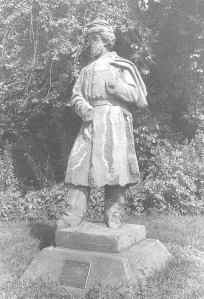Well, we made it through the week! I thoroughly enjoyed spending the week with all of you. One of the gratifying aspects of this project for me is hearing the comments of the institutional reps and speakers about our group. John Teahan’s comments were probably the most poignant and public, where he sincerely marvelled at the commitment, the diversity, the engagement of our team. But others — Sally and Jenn at the OSH, Jack Hale, Brenda Miller at the Hfd History Center, and Matt and Robert of CCSU — have commented to me about these same attributes of teamwork, commitment, and engagement that characterize our team. I am truly honored to work with such a dynamic group. I’m almost wishing we had a Saturday event planned for today (totally kidding — just want to see if Arthur is on the blog yet!).
I thought we could start a thread here that would allow us to post our thoughts on various events of the week while they are fresh in our minds. For example:
- What aspects of the week were especially meaningful for you and why?
- How are you beginning to imagine using our experience in your classes?


